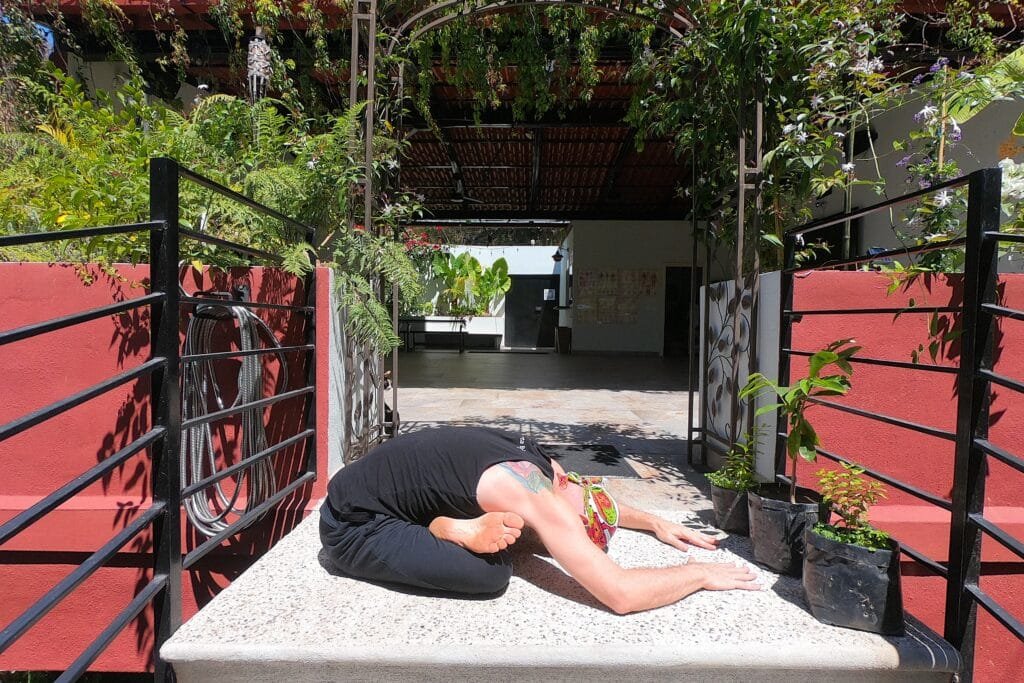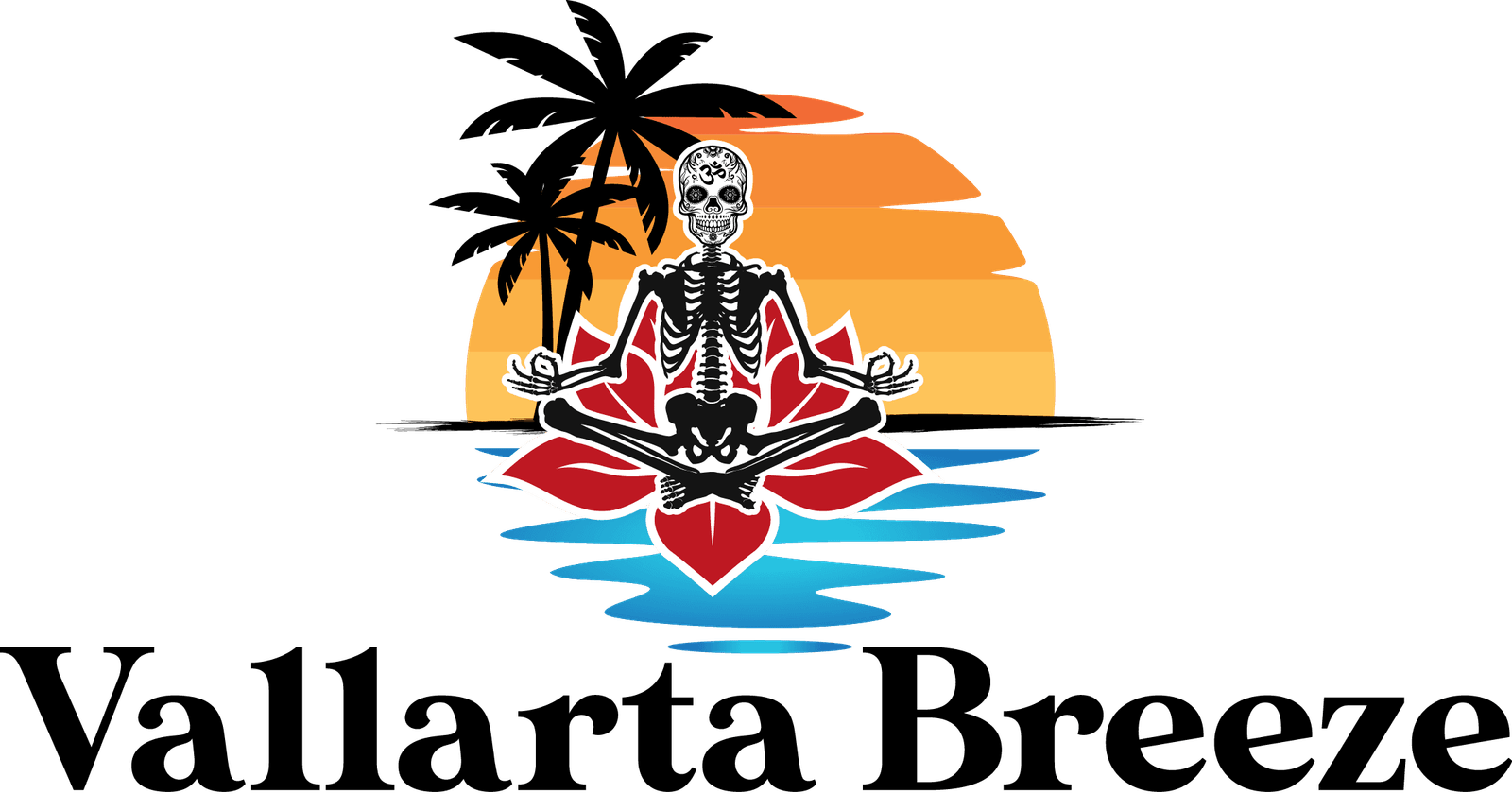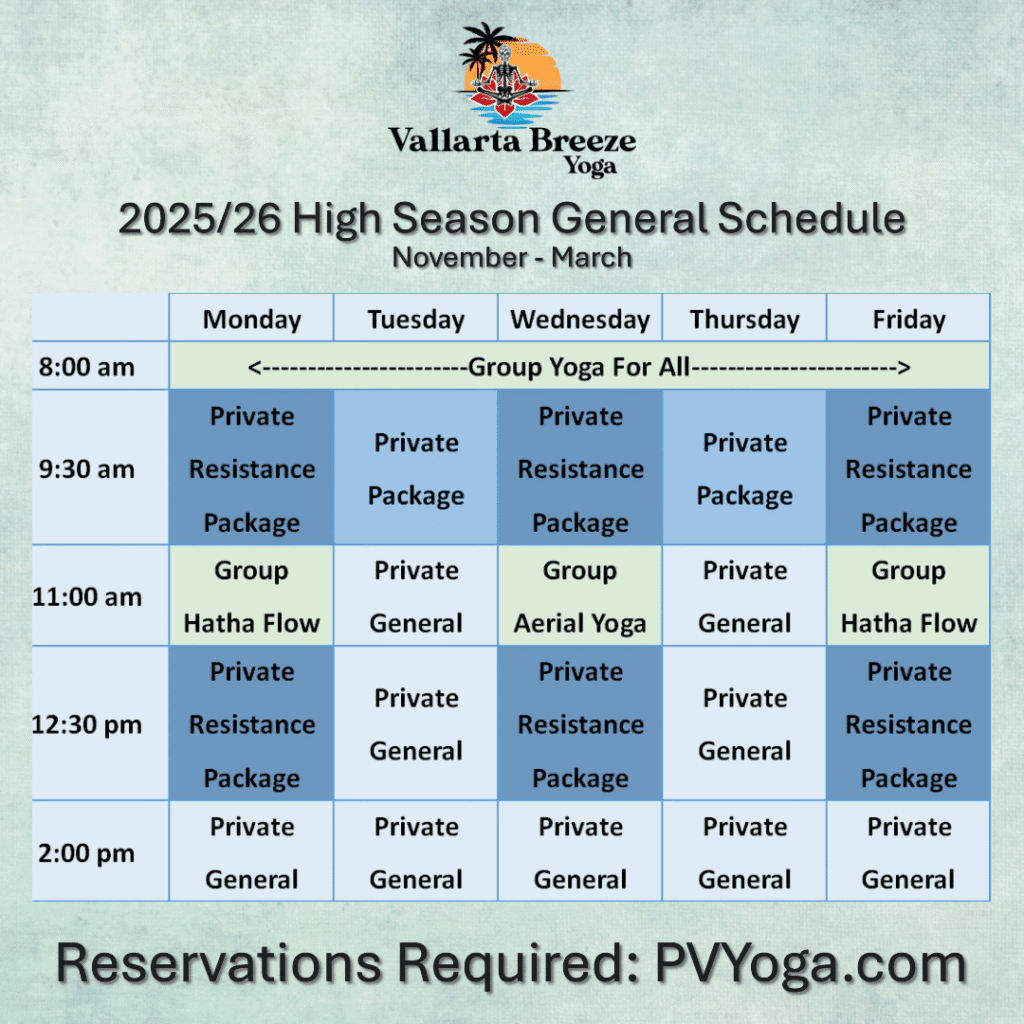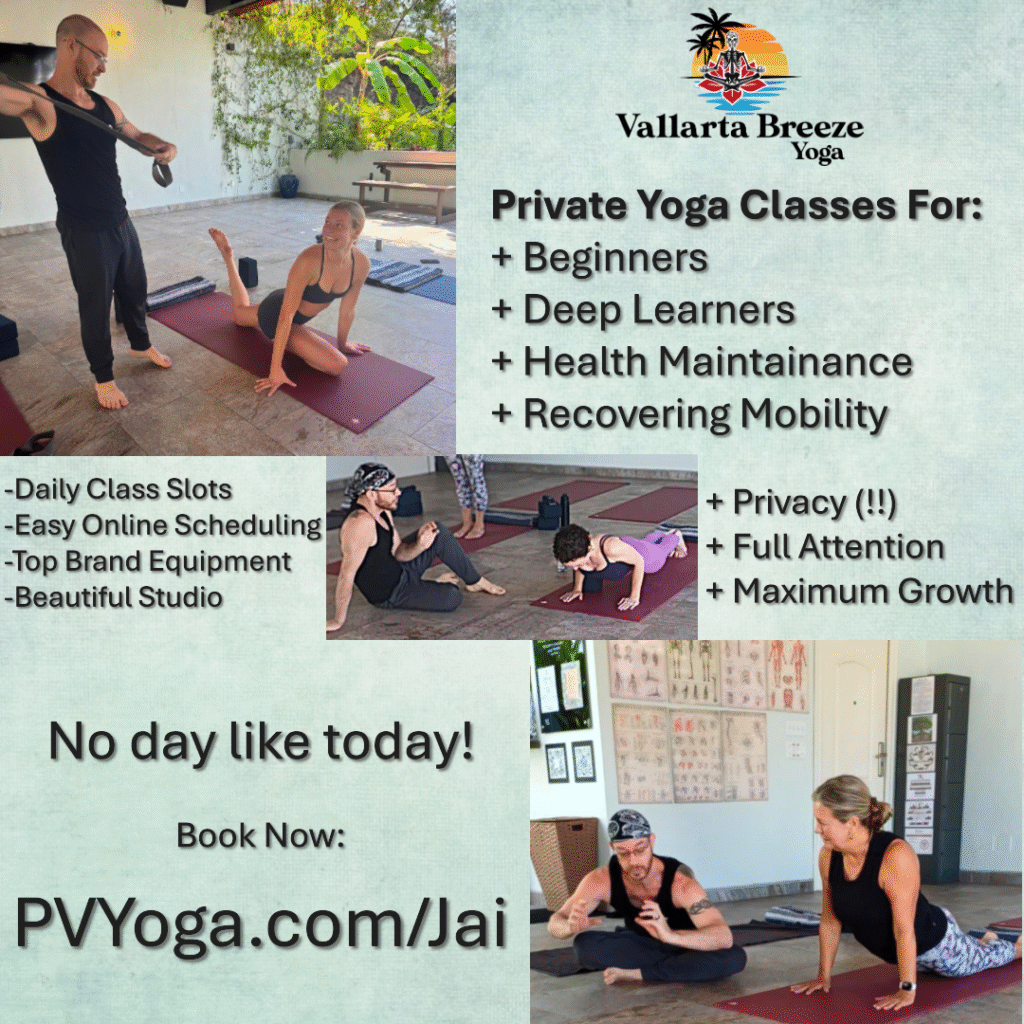Fire Log Pose (Agnistambhasana)
Fire Log Pose, known in Sanskrit as Agnistambhasana (“Agni” meaning fire and “stambha” meaning log), is a cornerstone of hip-opening practice in traditional yoga. Also colloquially known as Double Pigeon Pose, its evocative name stems from the visual of two logs stacked in a cozy fire—symbolizing warmth, transformation, and the burning away of tension. Steeped in historical significance and enriched by folklore that celebrates the transformative power of the fire’s embrace, this pose has been cherished through the ages as both a physical and spiritual gateway to deeper practice.
Historical and Cultural Context
Ancient yogic texts, such as the Hatha Yoga Pradipika, reference poses that awaken the body’s latent energy through precise alignment and breath. While Agnistambhasana’s exact origins remain interwoven with the mystique of centuries-old traditions, folklore tells us that this pose echoes the imagery of ritual bonfires celebrated during seasonal festivals. The stacked “logs” evoke the idea of gathering strength from nature’s elemental power—fire representing both destruction and renewal. This symbolism reinforces the pose’s purpose: to melt away stiffness in the hips and ignite internal energy for meditation and transformation.
Detailed Anatomical Overview
Agnistambhasana is not merely a stretch—it is a precise anatomical alignment that opens the body and harmonizes its internal structures. By externally rotating and stacking the legs, the pose engages several key muscle groups and joints:
Skeletal and Joint Considerations
- Pelvis and Hip Joints:
- Pelvic Alignment: The act of stacking the legs externally rotates and gently compresses the hip sockets. This movement emphasizes the alignment of the ilium, ischium, and pubis, encouraging even distribution of weight along the sit bones.
- Hip Joint Mobility: By externally rotating the femoral heads, the pose improves the range of motion in the hip joints while simultaneously stimulating synovial fluid circulation for joint health.
- Spine:
- Vertebral Alignment: Maintaining a lengthened, upright spine during the pose helps in balancing the curvature of the thoracic and lumbar regions, which is essential for preventing undue strain on the lower back.
Muscular Engagement
- Gluteal Muscles:
- Gluteus Maximus, Medius, and Minimus: These muscles are stretched, particularly on the outer hips, as they work to stabilize the pelvis and support the externally rotated leg.
- Piriformis Muscles: The deep piriformis, a small muscle situated beneath the gluteus maximus, receives a significant stretch. This is especially beneficial for relieving sciatic nerve tension.
- Thighs and Calves:
- Quadriceps and Hamstrings: Though the primary focus is on hip opening, subtle engagement of the quadriceps and hamstrings aids in leg stabilization.
- Calves: Flexing the feet throughout the pose activates the gastrocnemius and soleus muscles, supporting knee alignment and reducing strain on the joint.
- Abdominal and Core Muscles:
- Transverse Abdominis and Rectus Abdominis: These muscles engage subtly in order to maintain posture during the forward bend, while also protecting the lower back.
The following table summarizes the major anatomical structures involved:
| Region | Key Structures | Function/Effect |
|---|---|---|
| Hips & Glutes | Gluteus Maximus, Medius, Minimus, Piriformis | Enhances external rotation, releases tension, and stimulates the sciatic nerve pathways |
| Legs | Quadriceps, Hamstrings, Calves | Provides stability, balances weight distribution, and strengthens the lower extremities |
| Pelvis & Spine | Ilium, Ischium, Pubis, Erector Spinae | Supports upright posture, safeguards the lower back, and ensures even distribution of body weight |
| Core & Abdomen | Transverse Abdominis, Rectus Abdominis | Stabilizes the center, aids in breathing support, and facilitates the engagement of energy locks |
Comprehensive Benefits of Fire Log Pose (Agnistambhasana)
Physical Benefits
- Deep Hip and Glute Stretch: Opens the outer hips, releasing muscular tension and increasing flexibility.
- Strengthened Lower Limbs: Engages and stabilizes the legs and calves, contributing to balanced muscular development.
- Enhanced Joint Health: Improves hip joint mobility and promotes healthier synovial fluid distribution.
- Stimulated Abdominal Organs: Gently compresses and massages the digestive organs, potentially easing digestion.
- Alleviation of Sciatica and Piriformis Syndrome: By stretching the piriformis, the pose helps reduce pressure on the sciatic nerve.
Energetic and Neurological Benefits
- Calming the Nervous System: The grounded nature of the pose, along with mindful breathing and bandha engagement, soothes the nervous system, reducing overall stress.
- Enhanced Focus and Mindfulness: The need for precise alignment fosters concentration, making it an ideal preparatory pose for seated meditation.
- Grounding and Stability: The pose’s resemblance to stacked logs anchors the body, imparting a deep sense of stability and presence.
Contraindications and Precautions
Agnistambhasana requires mindful practice, especially for individuals with:
- Knee Injuries: The stacking of the legs may compound joint stress if knee stability is compromised.
- Hip Issues: Those with acute hip injuries or severe joint degeneration should approach the pose with caution.
- Lower Back Problems: The forward fold may strain the lumbar region; modifications are advised if lower back discomfort persists.
- Severe Flexibility Limitations: Extremely tight hips may require variations or support props to avoid overstretching.
Step-by-Step Execution Guide
1. Getting Into Fire Log Pose (Agnistambhasana)
- Starting Position: Sit comfortably on a yoga mat in a cross-legged posture such as Sukhasana. Ground your sit bones and find an upright alignment.
- Leg Placement and Stacking:
- Right Shin Down: Extend your right leg with the shin aligned parallel to the front edge of the mat.
- Left Shin on Top: Bend the left leg, stacking the left ankle directly on top of the right knee. Position the left shin parallel to the right.
- Foot Engagement: Flex both feet actively to ensure the knees track properly and reduce undue pressure. This engagement stabilizes the ankles and protects the knee joints.
2. Aligning the Body
- Spinal Alignment: Inhale deeply and lengthen your spine upward. Imagine a gentle, upward pull at the crown.
- Even Hip Distribution: Confirm that both sit bones are equally grounded; adjust the lower back so that there is neither a tilt nor an over-arching curve.
3. Folding Forward Mindfully
- Forward Fold: With an exhale, hinge forward from your hips rather than the lower back. Maintain the length of your spine and allow your chest to approach your thighs.
- Hand Placement: Place your hands on the floor ahead of you. If the stretch feels too intense, walk your hands a few extra steps forward to moderate the intensity.
4. Integrating Dristi and Bandhas
- Dristi (Gaze): Gaze downward softly, either with eyes closed to internalize the focus or with a gentle downward look on the mat to maintain balance.
- Engaging the Bandhas:
- Mula Bandha (Root Lock): Lightly contract the pelvic floor muscles. This subtle engagement grounds your energy.
- Uddiyana Bandha (Abdominal Lock): Slightly draw your lower abdomen in and upward, which supports core engagement and stabilizes your posture.
5. Breathing
- Deep, Steady Breaths: Continue breathing slowly through the nose. Let each breath deepen the stretch, allowing the exhale to relax any tension further.
6. Exiting Fire Log Pose (Agnistambhasana) and Counter Pose
- Gradual Disengagement: Slowly lift your torso back to neutral, carefully unstack your legs.
- Counter Pose: Transition to a Seated Forward Bend (Paschimottanasana) by extending your legs forward and folding over them. This counter pose alleviates tension in the spine and relaxes the hamstrings.
- Release Tension: After unstacking, gently shake your legs to release any remaining stiffness, then repeat the sequence on the opposite side.

Pro Tips and Modifications
- Props and Support: If the intensity of the stretch is too high, place a folded blanket or a yoga block under the top knee for extra support.
- Modifications for Beginners: For those with very tight hips, modify the pose by remaining in a comfortable Sukhasana (Easy Pose) and gently cross your shins instead of stacking them fully.
- Warm-Up Sequence: Incorporate warming poses like Pigeon Pose (Eka Pada Rajakapotasana) or Garland Pose (Malasana) beforehand to prepare the hips and reduce the risk of injury.
- Mindful Relaxation: Keep your shoulders relaxed and avoid tensing the neck. Allow your breath to cascade naturally to enhance both physical comfort and mental focus.
Final Thoughts on Fire Log Pose (Agnistambhasana)
Agnistambhasana is more than just a hip opener—it’s a confluence of anatomical precision, energetic alignment, and rich, cultural symbolism. As you embrace this pose, you not only work toward relieving physical tension in key areas like the hips, glutes, and lower back but also tap into a lineage of tradition that honors the transformative power of fire. Every time you practice Fire Log Pose, you connect with ancient folklore and the universal truth of harnessing elemental energy for both healing and growth.
Explore further by integrating complementary postures and mindfulness practices into your routine. Consider delving into the subtle art of bandha engagement and the energetic pathways of yoga to deepen your practice even more.
Continue your growth with the Vallarta Breeze Yoga Puerto Vallarta Yoga Studio!
Whether you’re looking to dive deeper into the physical practice of yoga, The Vedas, Upanishads, Yoga Sutras, or would like to explore our blog, we have a wealth of information available for you! Better yet, join us here in the Vallarta Breeze Yoga Puerto Vallarta Yoga studio, or practice with us online! we’re excited to continue this journey with you. See you on the mat!



